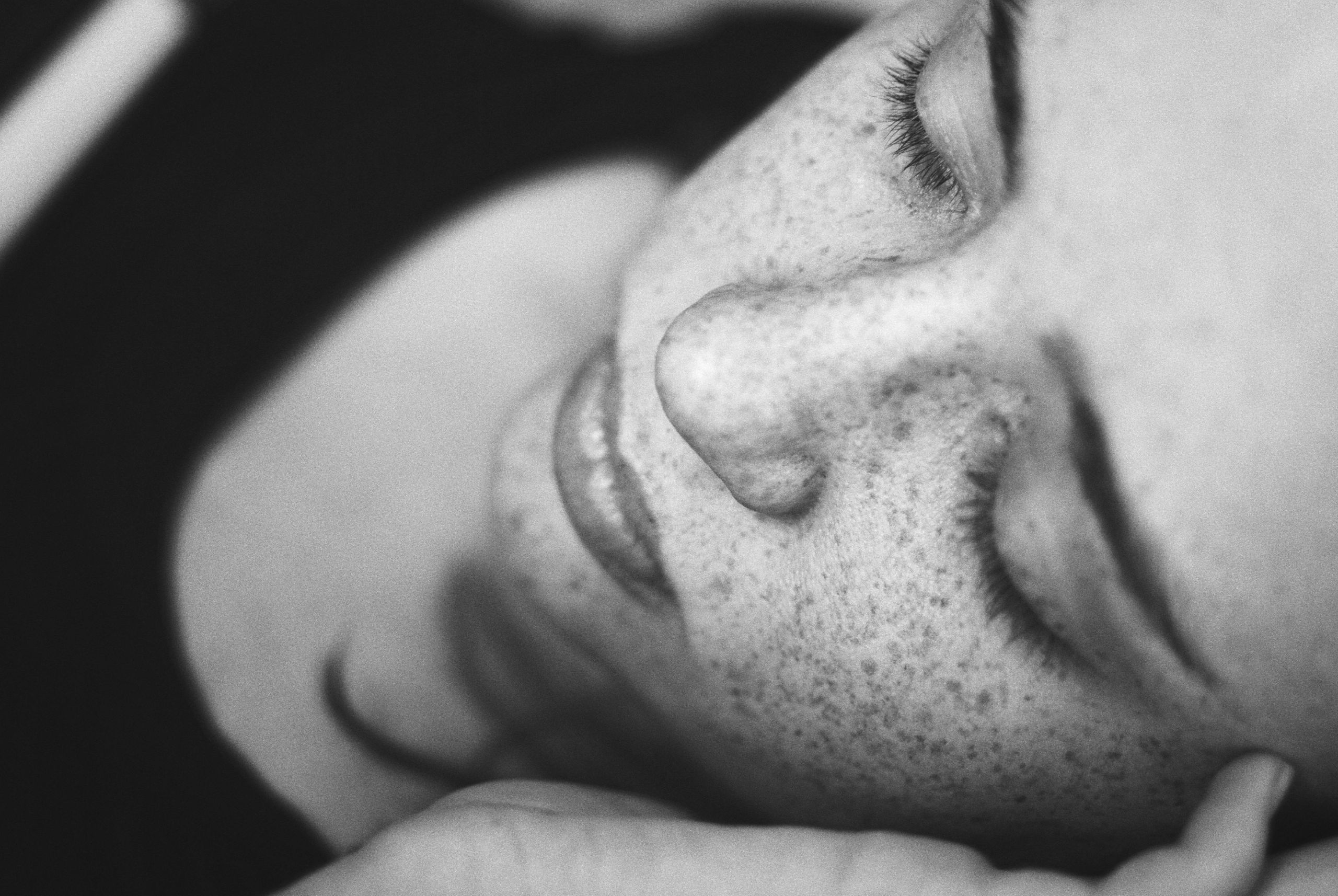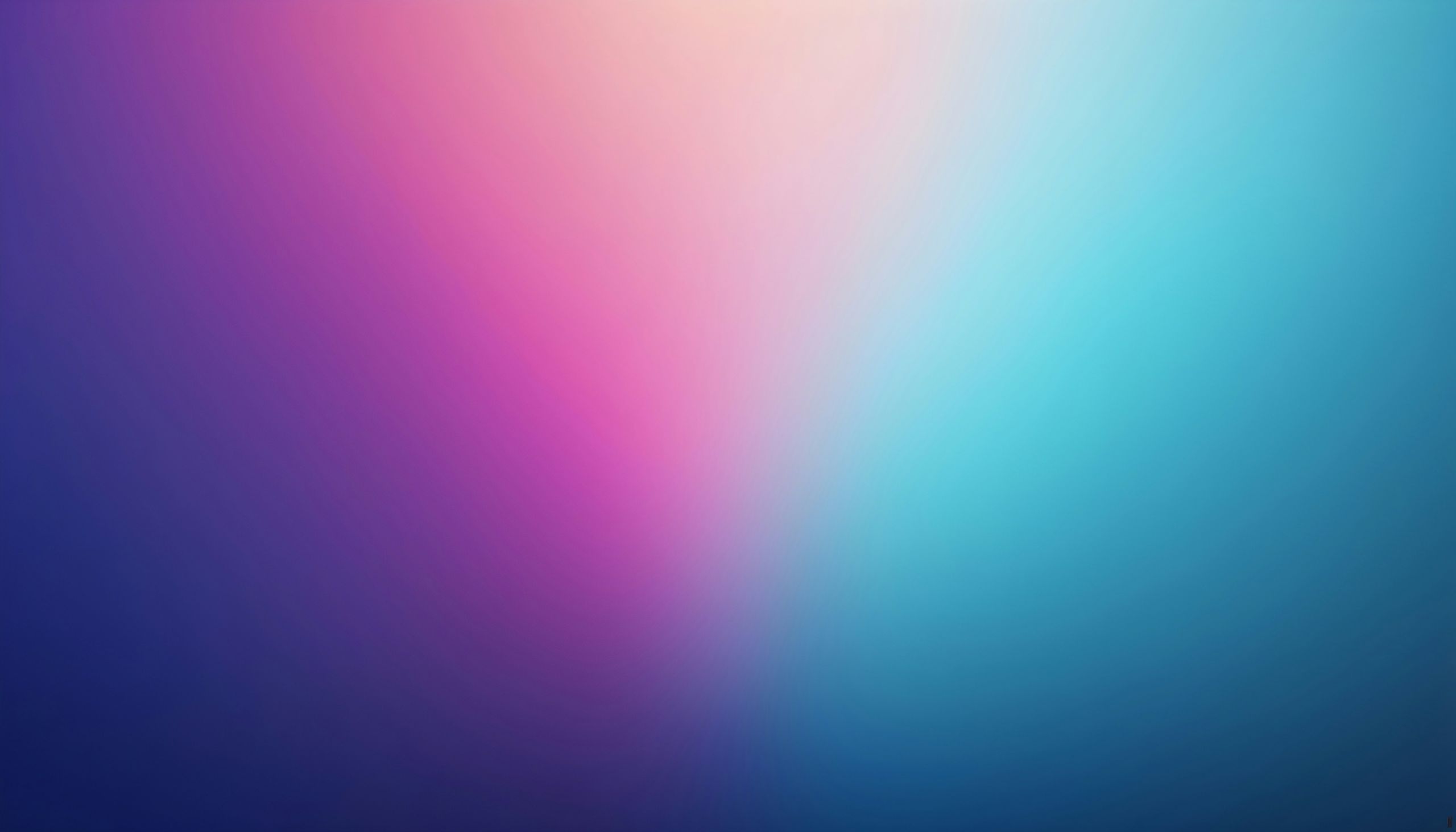Traveling with migraines: a checklist
When travelling as a migraine sufferer, you can’t help but get worried about a possible migraine on your vacation. You have high expectations for your upcoming trip and want to make the most of it. With the right preparation, you can travel with less worry. Here are some essential tips and items to bring along to ensure a smoother journey.
Identify your challenges
Traveling as a migraine sufferer can present unique challenges. We all have different migraine triggers. Some can get a migraine from too much sun while other migraine suffers thrive in the sun. Changes to the daily rhythm such as your climate, diet and sleep patterns can all trigger migraines.
The stress of travel – from crowded airports, a long car drive or changes in altitude can also impact the frequency and severity of migraine attacks.
Must haves for transportation
Whether you are travelling by plane, car or train, there are certain items that are must haves for a migraine sufferer. When packing for a trip, the must crucial element is obviously your medication, both prescription and over-the-counter. Make sure your medication is in your cabin bag if travelling by plane.
I also recommend packing a travel-sized kit with pain relievers, anti-nausea meds, eye mask and earplugs. Hydration is key, so always have a water bottle with you as well. I crave salt when I suffer from migraine so you’re like me, remember to pack your preferred craving. I always travel with a little bag of potato chips.
Traveling to sunny destinations as a migraine sufferer
If you’re heading to a sunny, warm location, a pair of sunglasses is essential to protect your eyes from bright light. Sun light is a common migraine trigger and if that’s the case for you, I highly recommend polarized sunglasses. Polarized lenses minimize glare and shield your eyes from the sun’s harmful UV rays. Your eyes becomes less strained and can prevent a migraine triggered by bright sunlight.
Luckily, polarized sunglasses are affordable. They come in different tint colours too. Amber or brown tints can help decrease glare while gray or green tints protect your eyes in bright sunlight.
For some, sunglasses is not enough. Especially, if you are not used to harsh sunlight. Pack a hat, sun cap or whatever you prefer to protect your head and face from overheating. Also consider staying out of the sun between 12-3pm where the sun is especially intense.
Last but not least – stay hydrated with lots of water! Especially if you are consuming alcohol or you’re planning on being active.
What to remember when traveling to winter destinations
When travelling to winter destinations like a ski resort, there are a few things to remember besides your medication. The glare from the snow can be harsh on the eyes, so pack your sun glasses. And if your eyes are very sensitive, bring polarized sunglasses. Also layer your clothing so you stay warm. Getting too cold can make you tense up and can trigger a migraine.
If you are going skiing, keep your body’s limitations in mind. Take (more) breaks, drink water and stretch out after skiing. Stretching out will prevent soreness and stiffness, making you ready for another day of skiing.
Give yourself grace
One of the key factors for a successful vacation with fewer migraine attacks is to know your own (body’s) limitations. Be realistic about what your travel itinerary should look like and give yourself grace. Accept your triggers and beware of them.
What you view as a great vacation is up to you but remember to take of yourself. If you find yourself having to deal with a migraine on your vacation, use Migraine Calendar to make notes as to why you got a migraine. For your next travels, you’ll be able to go back in your Migraine Calendar and see what you should avoid doing or what the trigger was.
Traveling can be tough but with careful preparation and the right mindset, you can have a great trip!

About the author: Linda C.
I have been suffering from chronic migraines and headaches for more than 20 years so unfortunately, I know a thing or two about migraines.
I hope that by sharing knowledge and insights about migraine, you can manage the disorder more efficiently.



